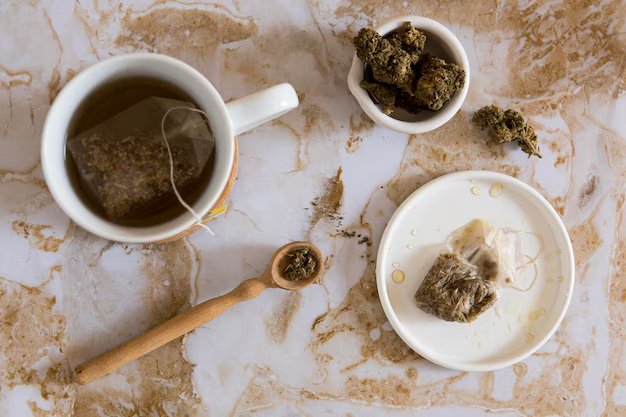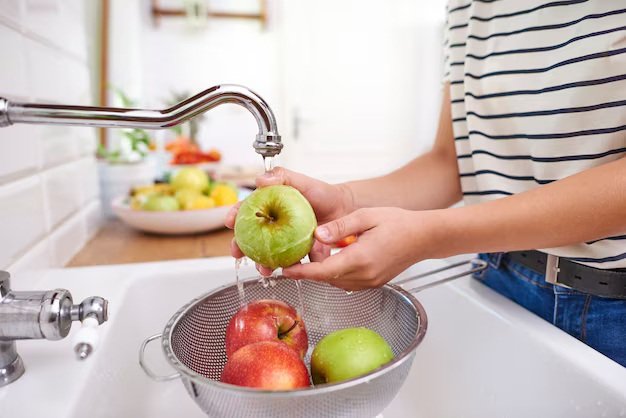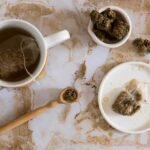What “Organic Biologique” Really Means
When you see the label “Organic Biologique” on a product in Europe—particularly in France—what does it truly signify? This label means the product is certified under the European Union’s organic regulations, most recently Regulation (EU) 2018/848, which took effect on January 1, 2022, replacing earlier rules from 2007 and 2008. According to European Commission guidance, every product bearing that label must meet strict standards regarding farming practices, inputs, and processing, and must be certified by an approved control body.
In France, producers may also display the national “AB” logo, governed by the Ministry of Agriculture since 1985. While optional, that logo reinforces consumer trust by indicating compliance with even more detailed French organic specifications. Between the EU’s Euro‑leaf and France’s AB logo, there is a clear visual guarantee that the term “bio” or “biologique,” which both mean “organic” in French and English, is strictly limited to products that meet these regulated criteria.

The Real‑World Story Behind the Label
A small organic apple orchard in Normandy offers a real-life example of how EU organic principles work in practice. The farmer, Élodie, has shared publicly how she transitioned from conventional pesticides to natural plant extracts. She once explained: “My soil healed; my yields are smaller but more consistent.” At her farm—as at all certified organic operations—visits by certification inspectors occur annually. They take soil and produce samples to ensure no forbidden chemicals are present, and buffer zones are maintained to prevent contamination from nearby conventional farms. These measures align with what experts describe in regulatory texts about drift prevention and strict input control.
An industry study across six European countries—Germany, France, Italy, Poland, Switzerland, and the Netherlands—asked nearly 1,800 consumers to taste strawberry yoghurt, identical in every way except some were told it was organic. Except in Italy, participants rated the “organic” labelled sample as slightly tastier, illustrating the halo and sensory effects of organic labelling. In everyday life, shoppers often choose bios because of perceived health and environmental benefits. Yet, as several consumers pointed out in online forums, sometimes conventional produce is more “eco‑friendly” than bio products wrapped in plastic or flown long distances.
Breaking Down the Standards: Research and Expertise
Experts from EU organic certifier businesses such as Ecocert, Soil Association (UK), ABCERT (Germany) and Bio Suisse (Switzerland) emphasise that “organic” today means more than just avoiding GMOs and synthetic pesticides; it also involves soil health, biodiversity, animal welfare, and social fairness.
Ecocert, founded in France in 1991, now certifies nearly 30% of the French organic sector and over 30 countries worldwide, underscoring its reputation as a major control body globally. Bio Suisse employs an even stricter holistic approach in Switzerland: entire farms must be organic, heavy limits on copper use, biodiversity zones on farms, social standards for workers, and fair trade obligations must be met before a “Bud” label is granted.
Regulation (EU) 2018/848 further strengthened these rules starting in 2022. It clarified permitted product types beyond food and feed—such as essential oils, cork, sea salt—and reinforced the connection to soil; hydroponics is only allowed in limited Nordic exceptions. For animal feed, the regulation now requires more feed from regional sources—60% (rising to 70%) for dairy animals and 30% for pigs or poultry
Here’s an interactive case‑study style table comparing France and Switzerland standards:
| Feature | France “AB” / EU Regulation | Switzerland “Bio Suisse Bud” |
|---|---|---|
| Farm certification scope | Individual farms under EU rules | Whole‑farm holistic requirement |
| Biodiversity mandates | Encouraged, defined in EU law | Regional feed percentage rules under EU |
| Pesticide limits | Only EU‑approved inputs, strict control | Even tighter limits, heavy copper limits |
| Animal feed origin | Regional feed percentage rules under the EU | Similar, but with stronger enforcement |
| Social / Fair trade | Optional private standards | Required under Bio Suisse guidelines |
| Label recognition | Euro‑leaf + optional AB logo | Bio Suisse “Bud” label |

Actionable Advice: Shop Smart, Make an Impact
If you care about knowing what Organic Biologique truly means, here’s what you can do:
Keep an eye out for the Euro‑leaf logo on all pre‑packaged food in the EU—this is mandatory and only used when EU rules are met. For French products, if you spot the AB logo, you know a national-level label has been applied as well. If a product claims “bio” but lacks both logos, that’s a red flag.
Support trusted certifiers: brands certified by bodies like Ecocert or Bio Suisse follow rigorous auditing. According to consumers on organic forums, these inspections include soil testing and buffer zone enforcement, and misuse of logos can result in heavy fines or legal action.
Balance perception with reality. Many consumers say organic tastes better or aligns with the values of stewardship. But if a supposedly organic product is wrapped in plastic or imported from afar, you might reconsider. Shopping at local farms or cooperatives with transparent practices may offer more genuine environmental benefits.
If you’re a producer or looking to certify, check which regime you fall under. EU‐based operations must comply with Regulation (EU) 2018/848. Third‑country operators used to follow equivalent standards like NOP or INDOCERT, but from the end of 2024, they must align fully with the EU regulation for access to European markets.
Conclusion
At its best, “Organic Biologique” represents a meaningful commitment to sustainable agriculture, animal welfare, soil health, and consumer transparency. Certification systems built around Regulation (EU) 2018/848 ensure consistency across Europe, while national labels like France’s AB or Switzerland’s Bud may add even stronger requirements. Backed by real stories from farmers, sensory studies, expert oversight, and years of regulatory refinement, these labels are more than marketing—they are a social pact between producer and consumer.
By understanding the logos, knowing the certifiers, and considering both values and packaging, you can make informed choices that truly align with health, environment, and trust.







